When Bogside whiskey was the toast of the world


|
||||



|
||||


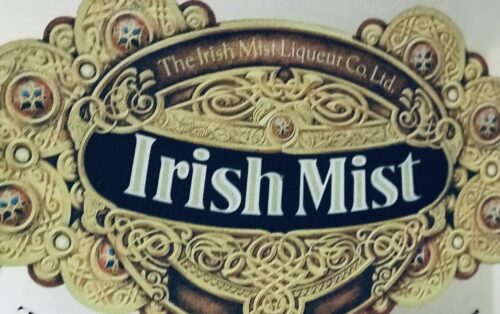
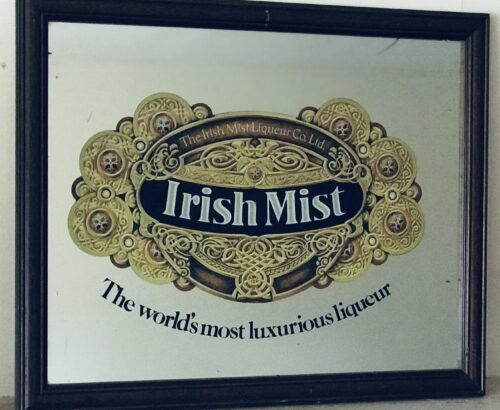

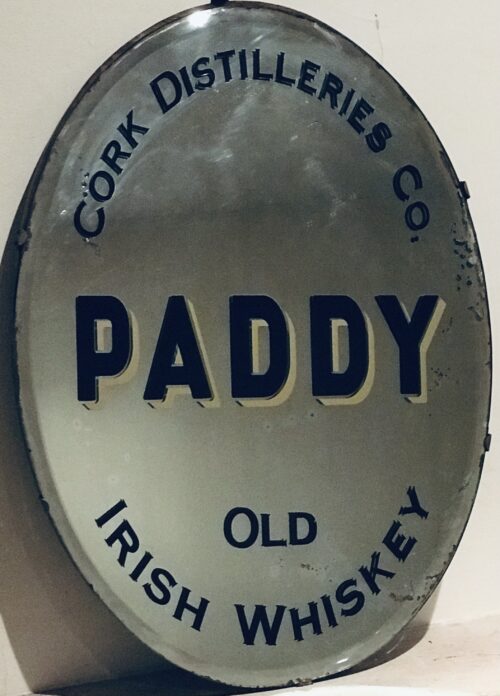
 |
|
 |
|
| Introduced | 1879, renamed as Paddy in 1912 |
|---|---|










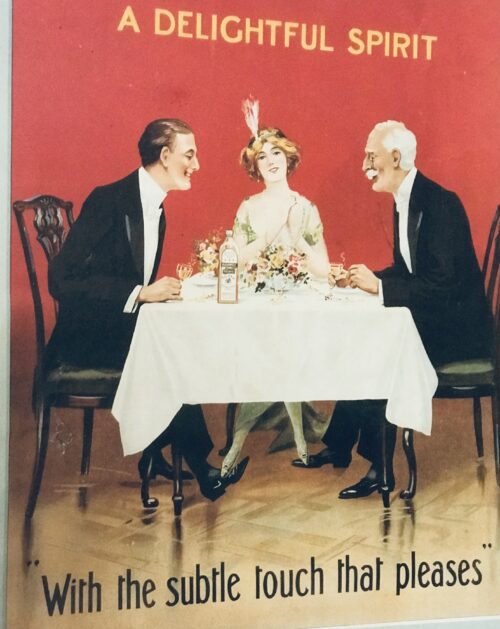
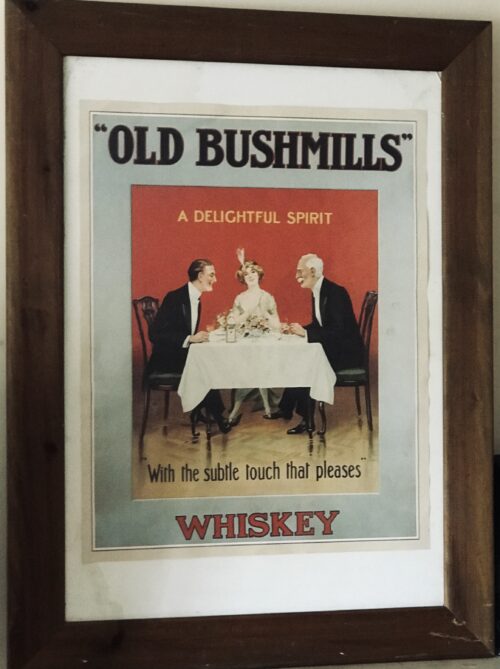



 The Still House at John’s Lane Distillery, as it looked when Alfred Barnard visited in the 1800s.
The Still House at John’s Lane Distillery, as it looked when Alfred Barnard visited in the 1800s.


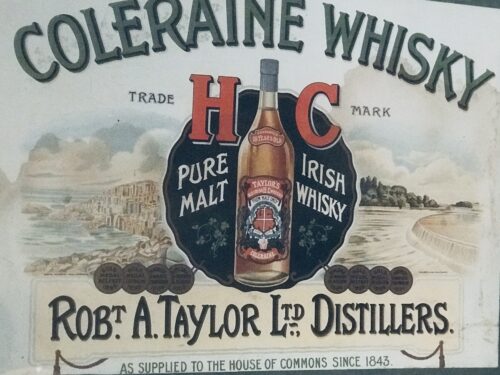

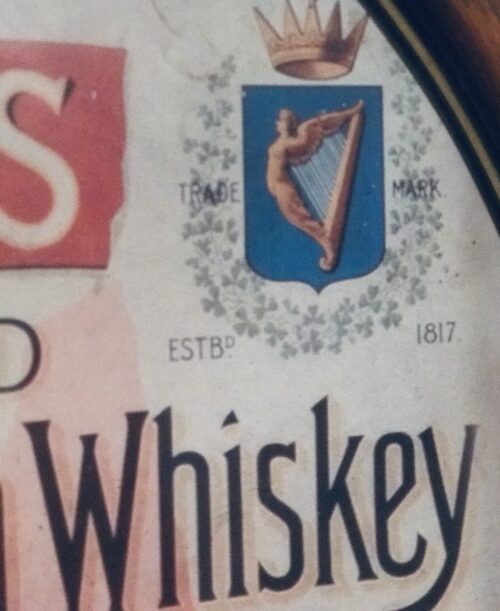
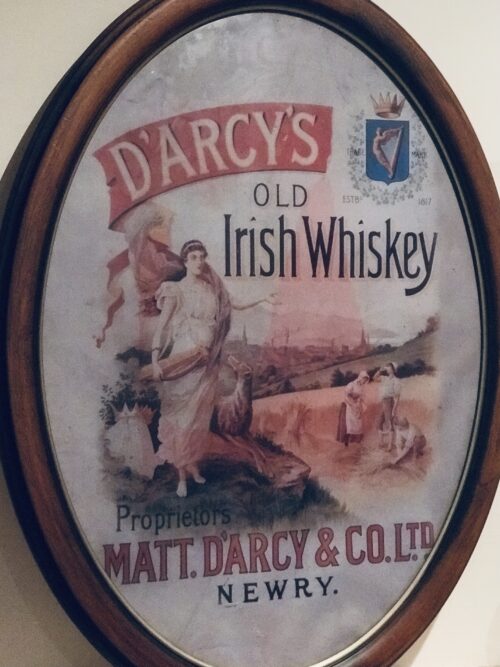





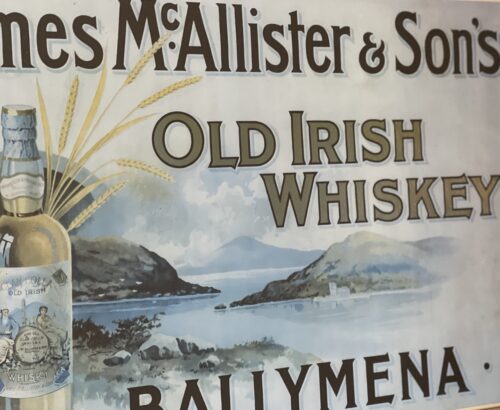
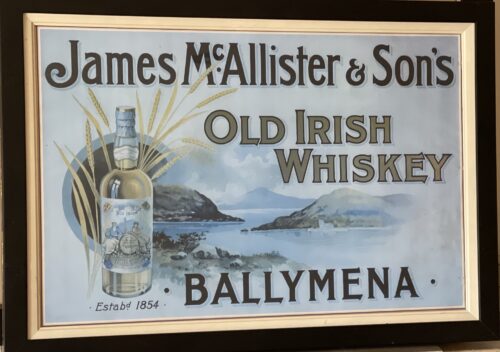




 The young John Brannick soon demonstrated a natural flair for the craft of whiskey-making. These early years, working within the hallowed halls of the John’s Lane Distillery, laid the foundations for his later exploits within the industry. It wasn’t long before the other great distilleries took note of his growing reputation and in 1852 George Roe & Sons enticed Brannick to join the House of George Roe & Co with the promise that he would some day become a Master Distiller.After nearly 20 years of perfecting his craft with the House of Roe, Brannick had reached the illustrious position of Master Distiller. His reputation amongst the great distilleries of Dublin was now firmly established, but his ambitions didn’t end there. Brannick had long harboured a burning desire to build the finest distillery in the world, and in 1870, having secured the necessary backing, he resigned his position and struck out on his own, establishing the Dublin Whiskey Distillery Company Limited. DWD.For the next two years Brannick worked on a revolutionary design for his distillery. A site was chosen, less than a mile north of Dublin’s city centre, on the banks of the River Tolka, and construction started on 22 July 1872 Exactly one year later, distillation began with the preparation of the first ever DWD wash. Meanwhile, with work on the great distillery underway, Brannick finally fulfilled another long-standing promise and married his sweetheart Mary Hayes on 26 January 1873.
The young John Brannick soon demonstrated a natural flair for the craft of whiskey-making. These early years, working within the hallowed halls of the John’s Lane Distillery, laid the foundations for his later exploits within the industry. It wasn’t long before the other great distilleries took note of his growing reputation and in 1852 George Roe & Sons enticed Brannick to join the House of George Roe & Co with the promise that he would some day become a Master Distiller.After nearly 20 years of perfecting his craft with the House of Roe, Brannick had reached the illustrious position of Master Distiller. His reputation amongst the great distilleries of Dublin was now firmly established, but his ambitions didn’t end there. Brannick had long harboured a burning desire to build the finest distillery in the world, and in 1870, having secured the necessary backing, he resigned his position and struck out on his own, establishing the Dublin Whiskey Distillery Company Limited. DWD.For the next two years Brannick worked on a revolutionary design for his distillery. A site was chosen, less than a mile north of Dublin’s city centre, on the banks of the River Tolka, and construction started on 22 July 1872 Exactly one year later, distillation began with the preparation of the first ever DWD wash. Meanwhile, with work on the great distillery underway, Brannick finally fulfilled another long-standing promise and married his sweetheart Mary Hayes on 26 January 1873.



“The extraordinary story of the ‘Finest Whiskey in the World’, a tale of one man’s vision, gloriously realised, only to be crushed by history and destroyed in a very Irish betrayal.” Tomas – DWD Brand Ambassador






















Mick The Miller,as featured in this iconic advert, was the most famous greyhound of all time. He was born in 1926 in the village of Killeigh, County Offaly, Ireland at Millbrook House(only 5 miles from Tullamore), the home of parish curate, Fr Martin Brophy. When he was born Mick was the runt of the litter but Michael Greene, who worked for Fr Brophy, singled the little pup out as a future champion and insisted that he be allowed to rear him. With constant attention and regular exercise Mick The Miller developed into a racing machine. His first forays were on local coursing fields where he had some success but he showed his real talent on the track where he won 15 of his first 20 races.
.jpg)
In 1929 Fr Brophy decided to try Mick in English Greyhound Derby at White City, London. On his first trial-run, Mick equalled the track record. Then, in his first heat, he broke the world record, becoming the first greyhound ever to run 525 yards in under 30 seconds. Fr Brophy was inundated with offers and sold him to Albert Williams. Mick went on to win the 1929 Derby. Within a year he had changed hands again to Arundel H Kempton and won the Derby for a second time.
Over the course of his English career he won 36 of his 48 races, including the Derby (twice), the St Leger, the Cesarewitch, and the Welsh Derby. He set six new world records and two new track records. He was the first greyhound to win 19 races in a row. Several of his records went unbroken for over 40 years. He won, in total, almost £10,000 in prizemoney. But he also became the poster-dog for greyhound racing. He was a celebrity on a par with any sports person, muscisian or moviestar. The more famous he became, the more he attracted people to greyhound racing. Thousands thronged to watch him, providing a huge boost to the sport. It is said that he actually saved the sport of greyhound racing.


